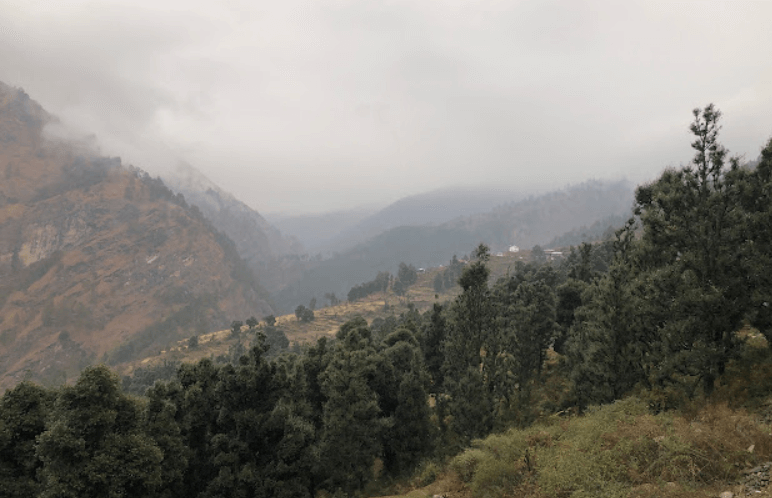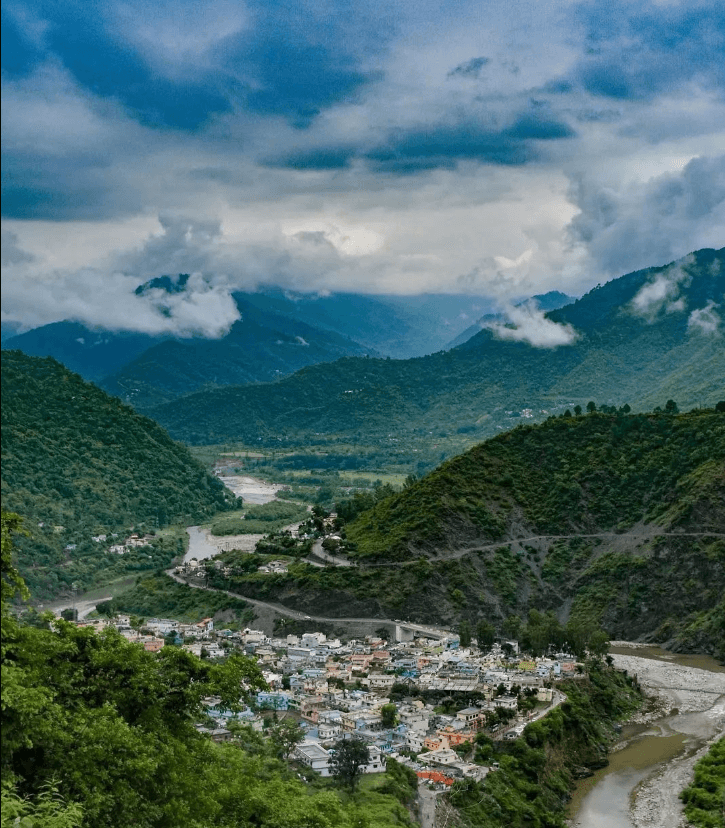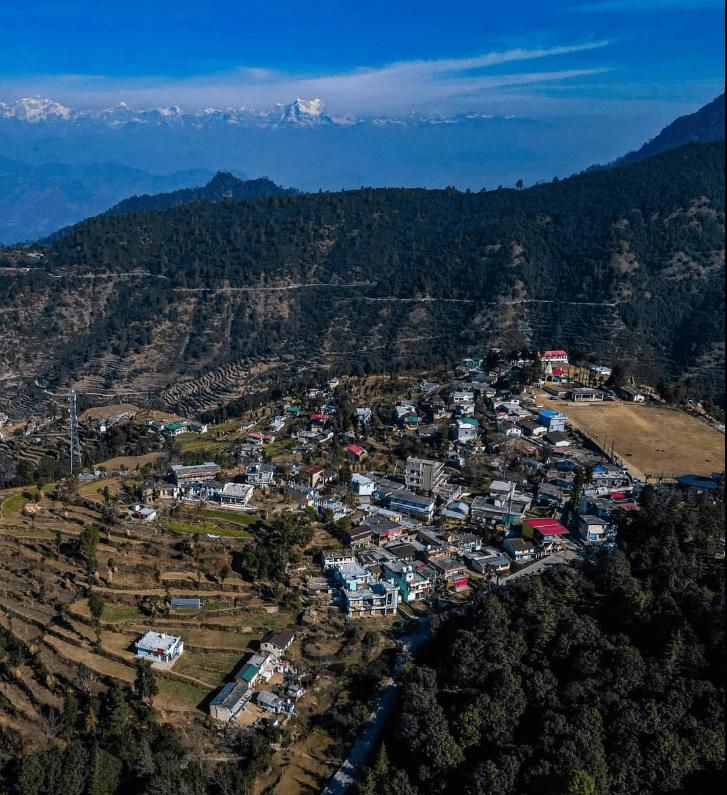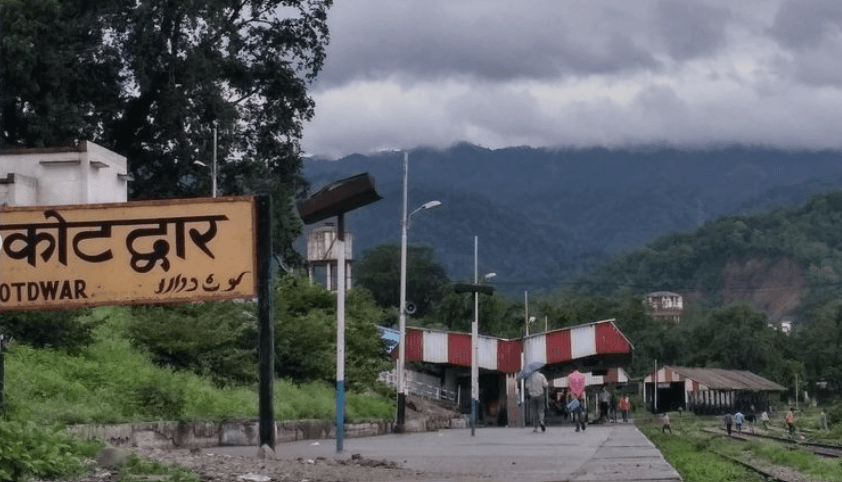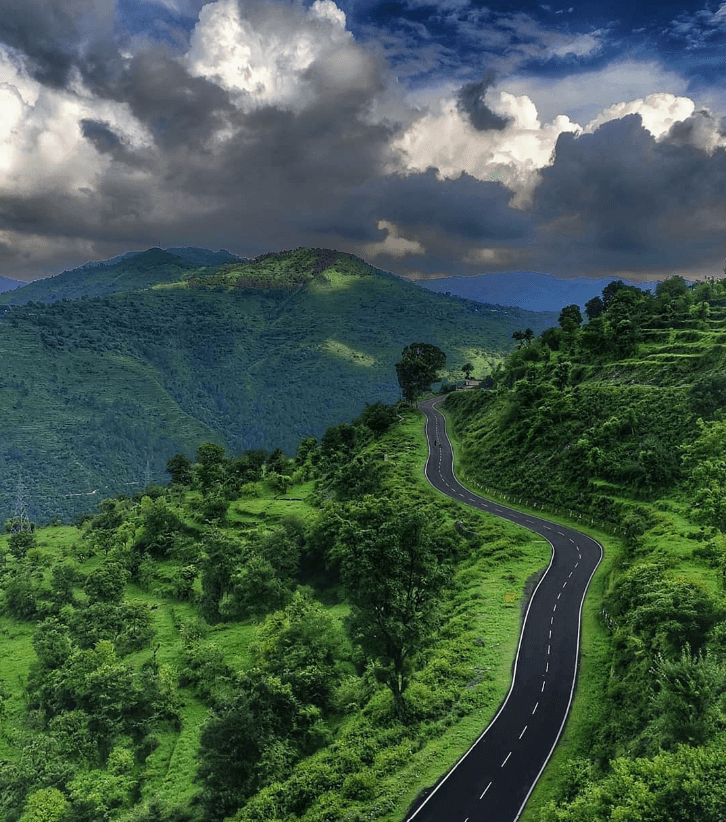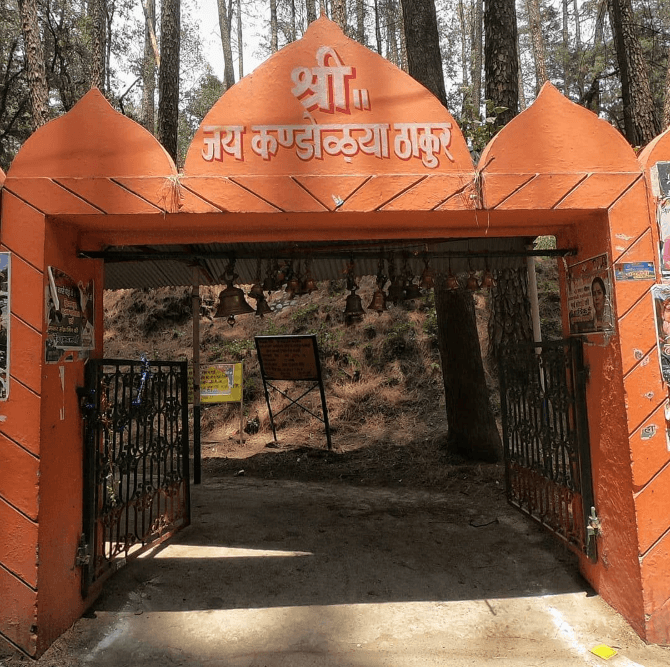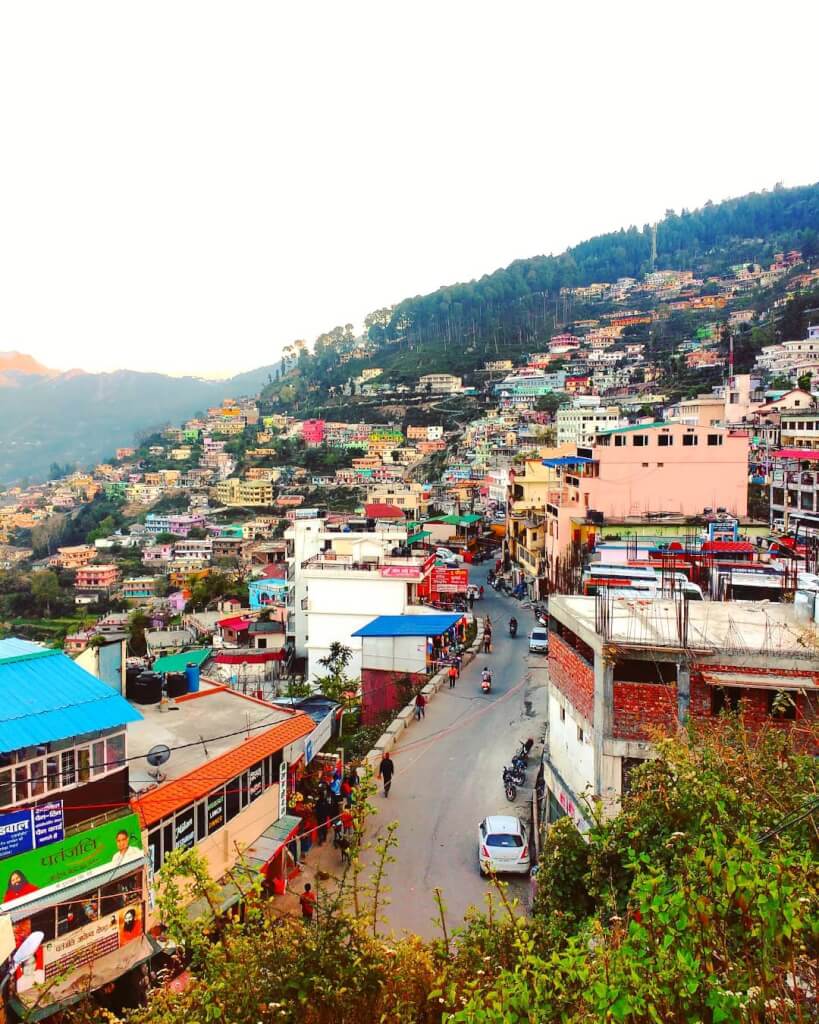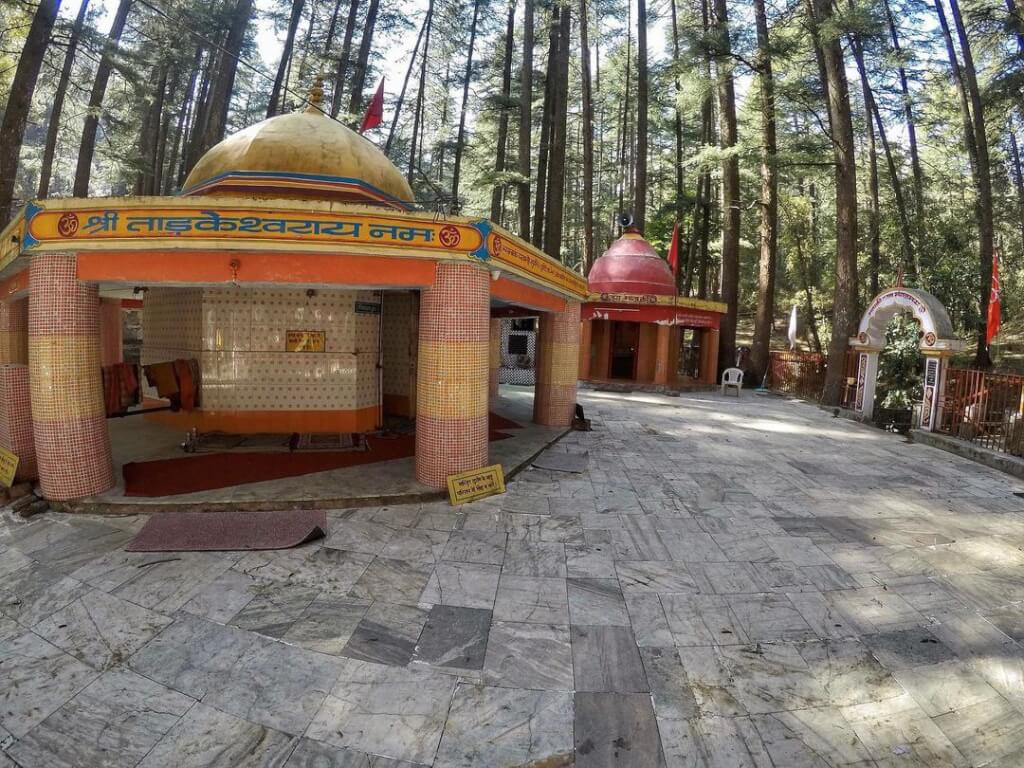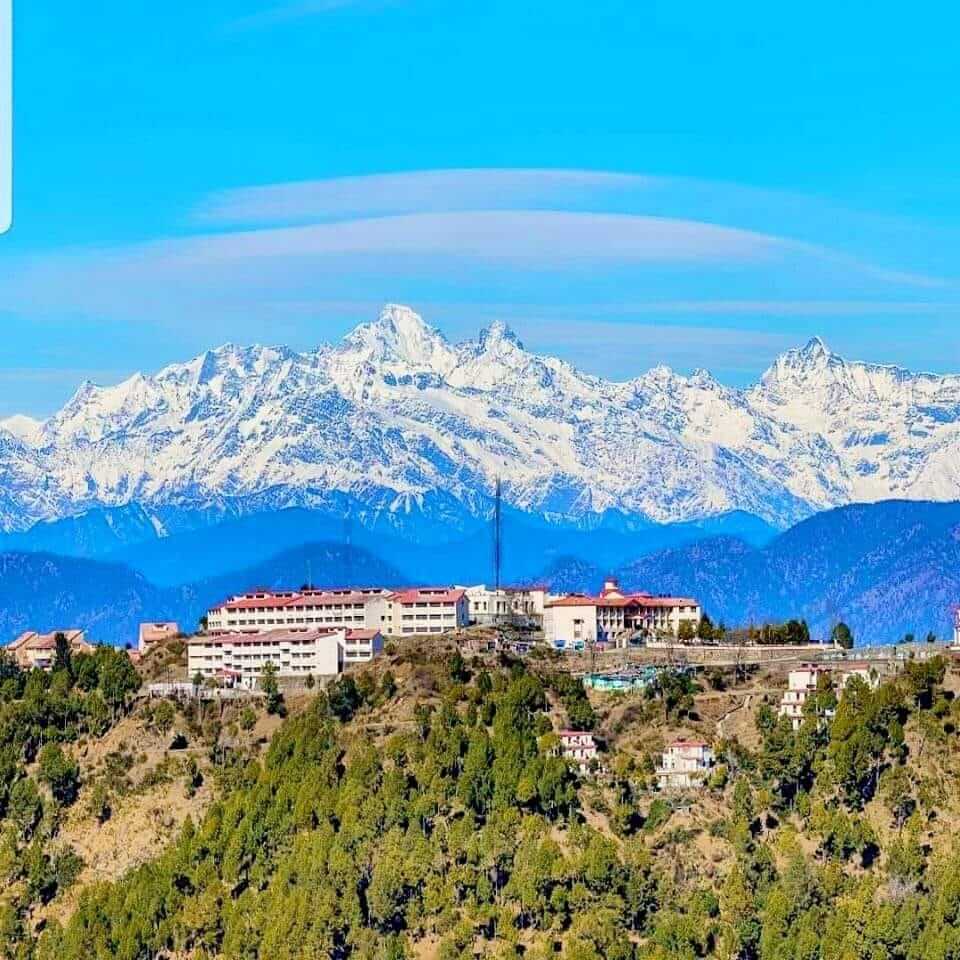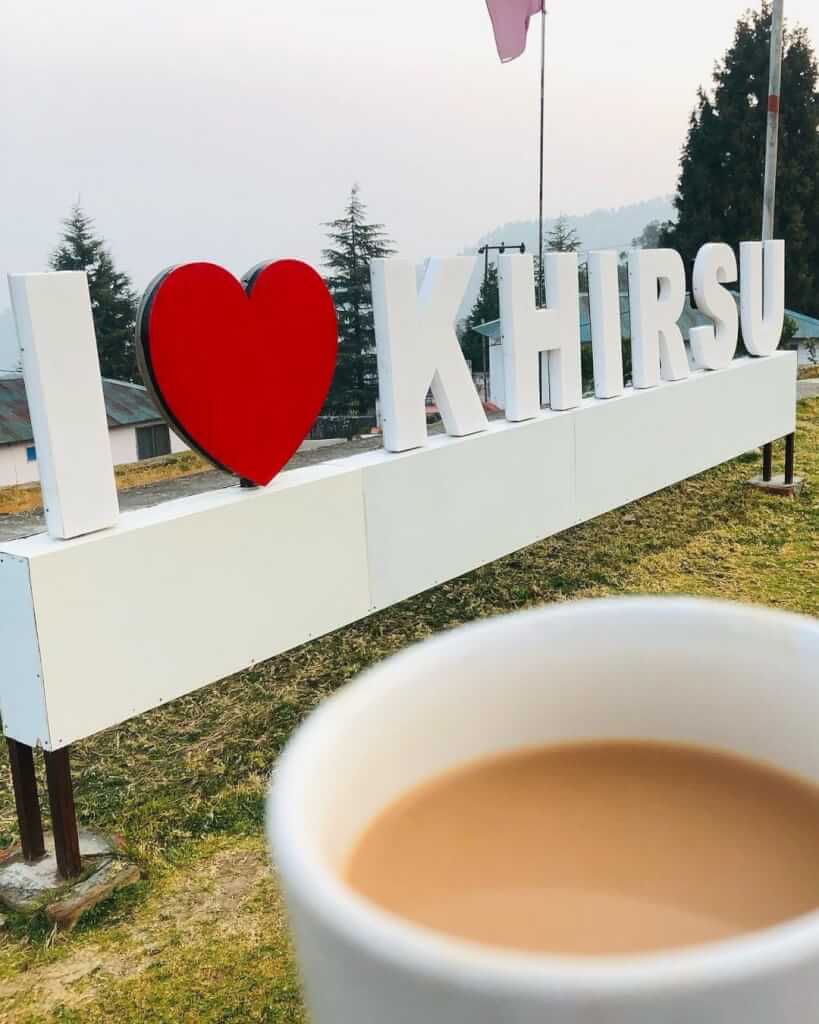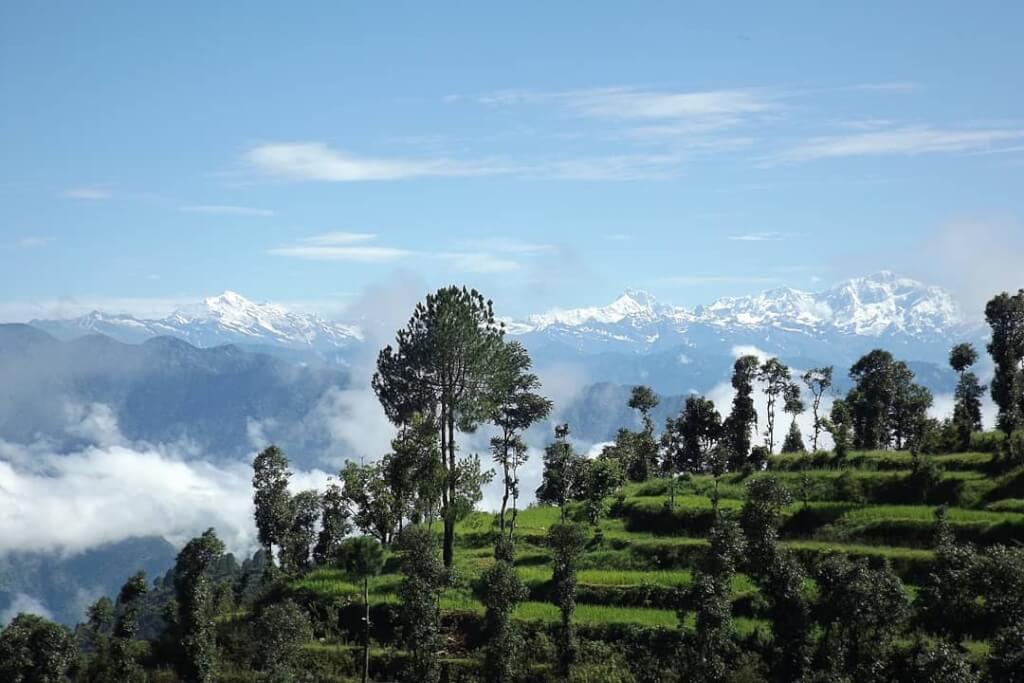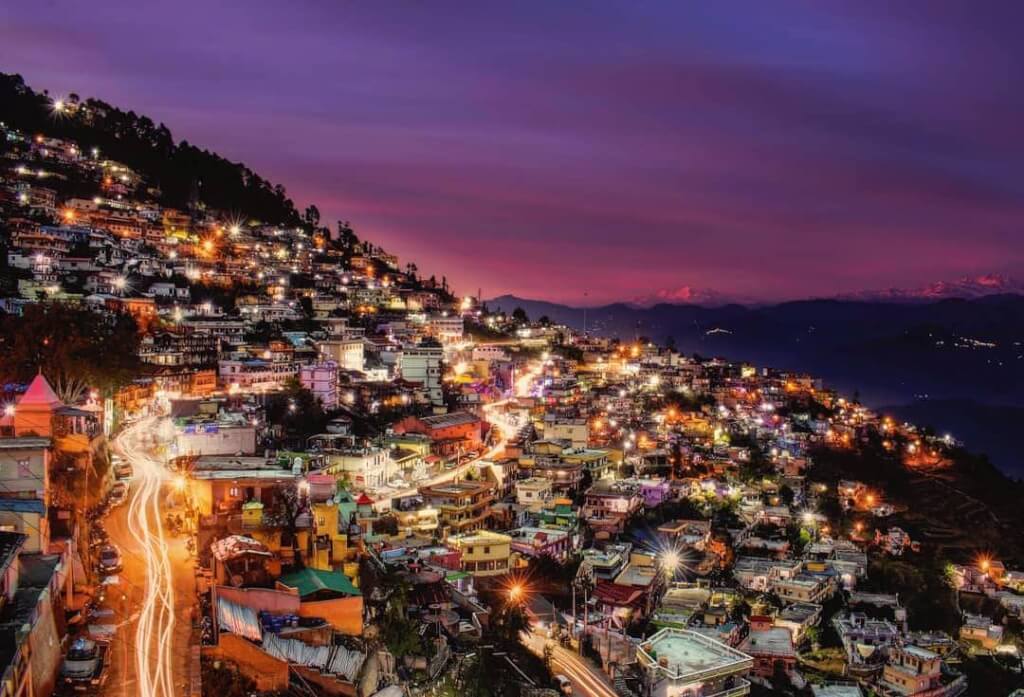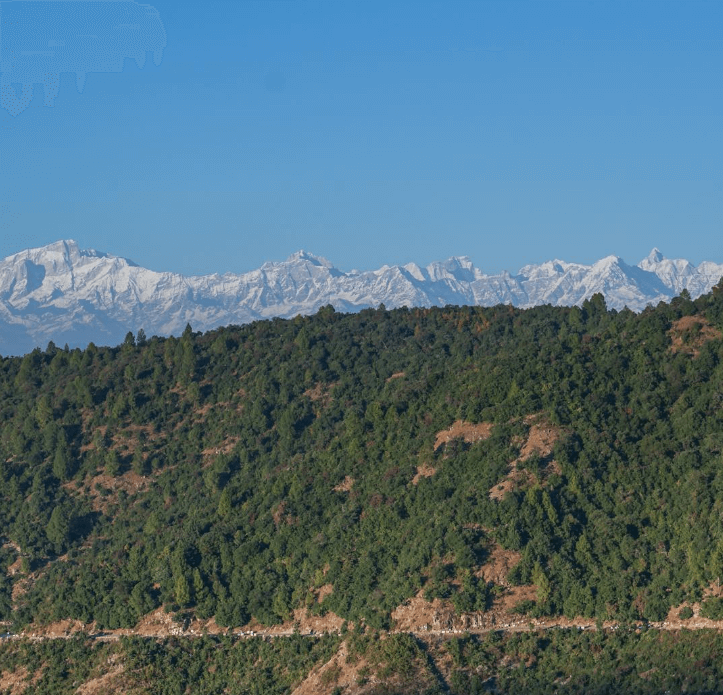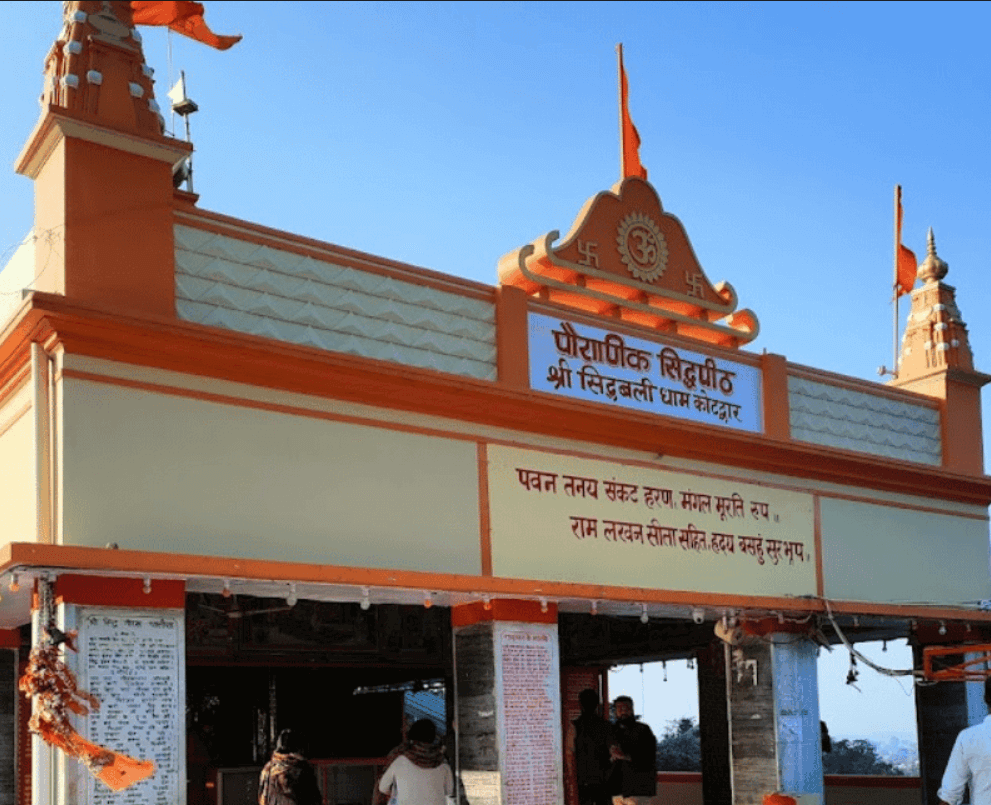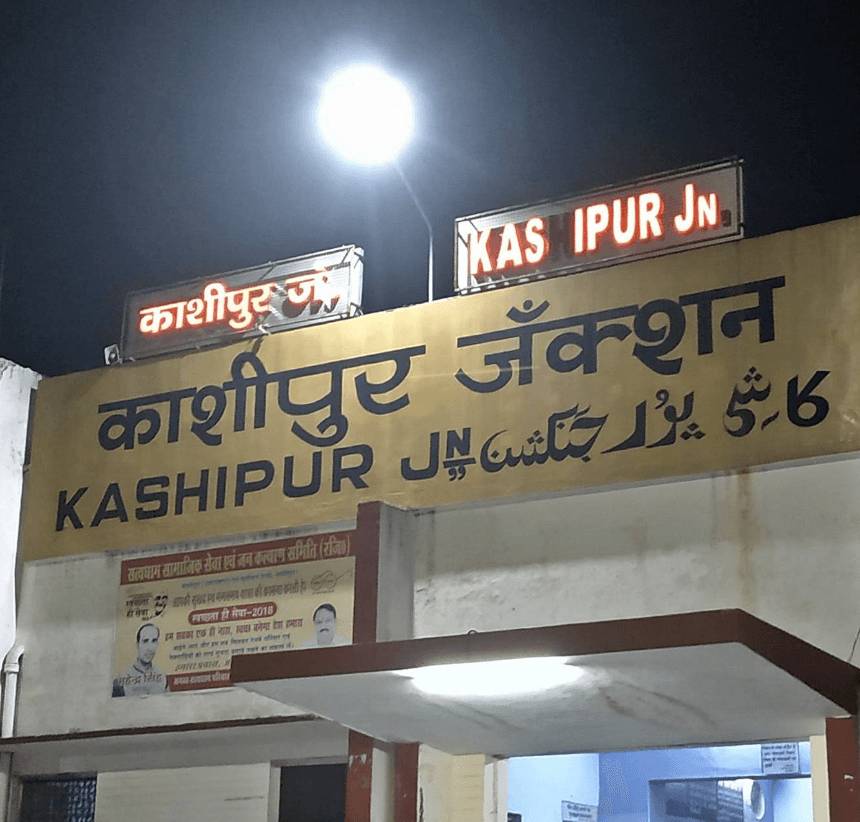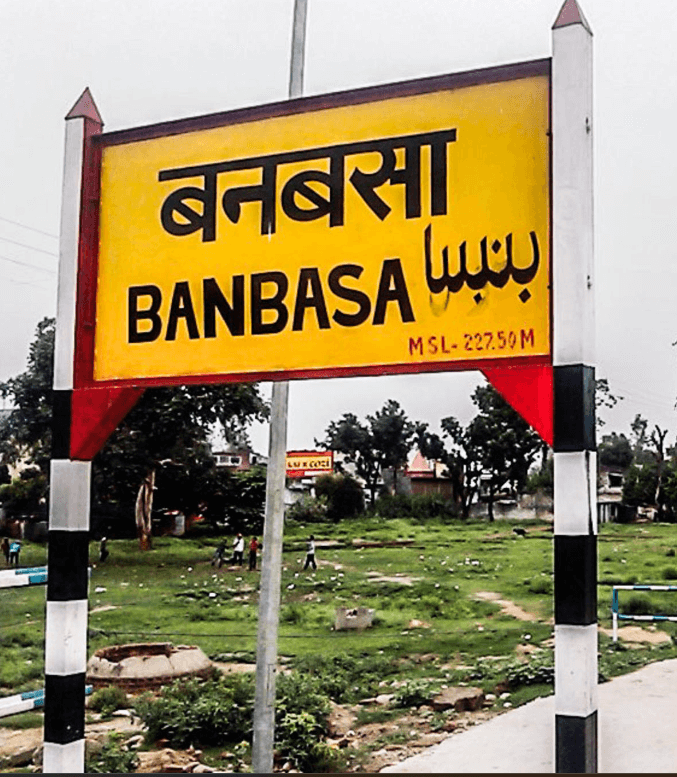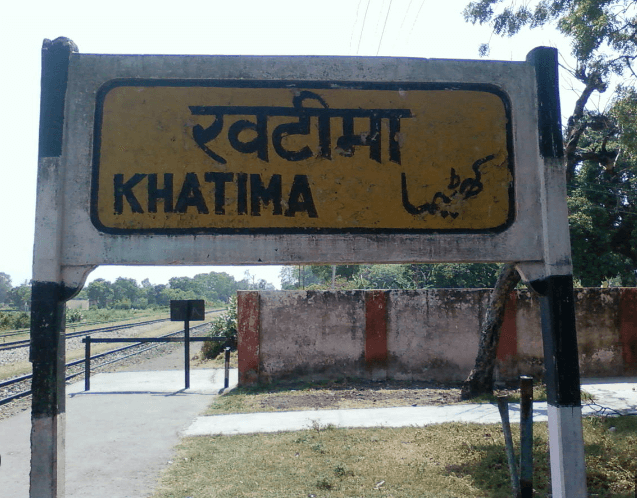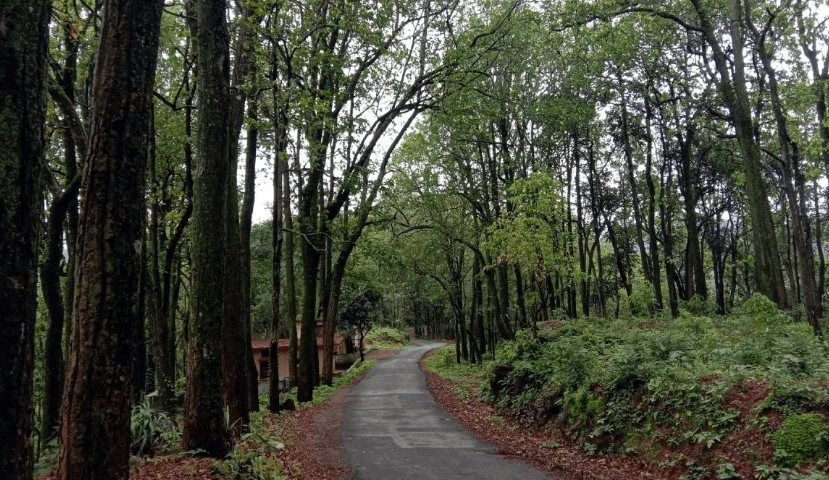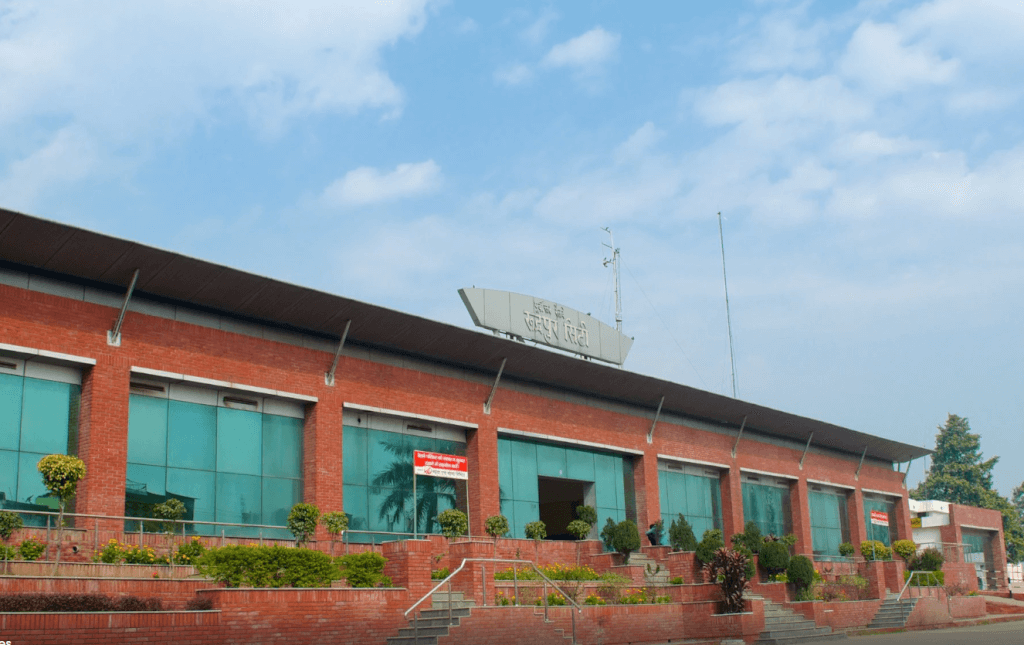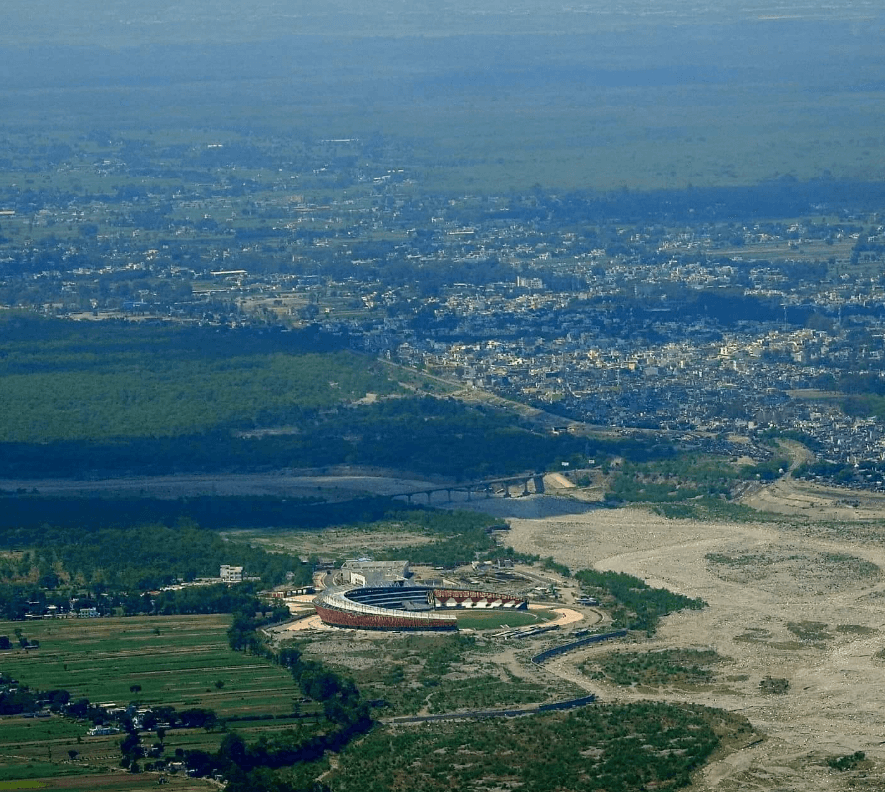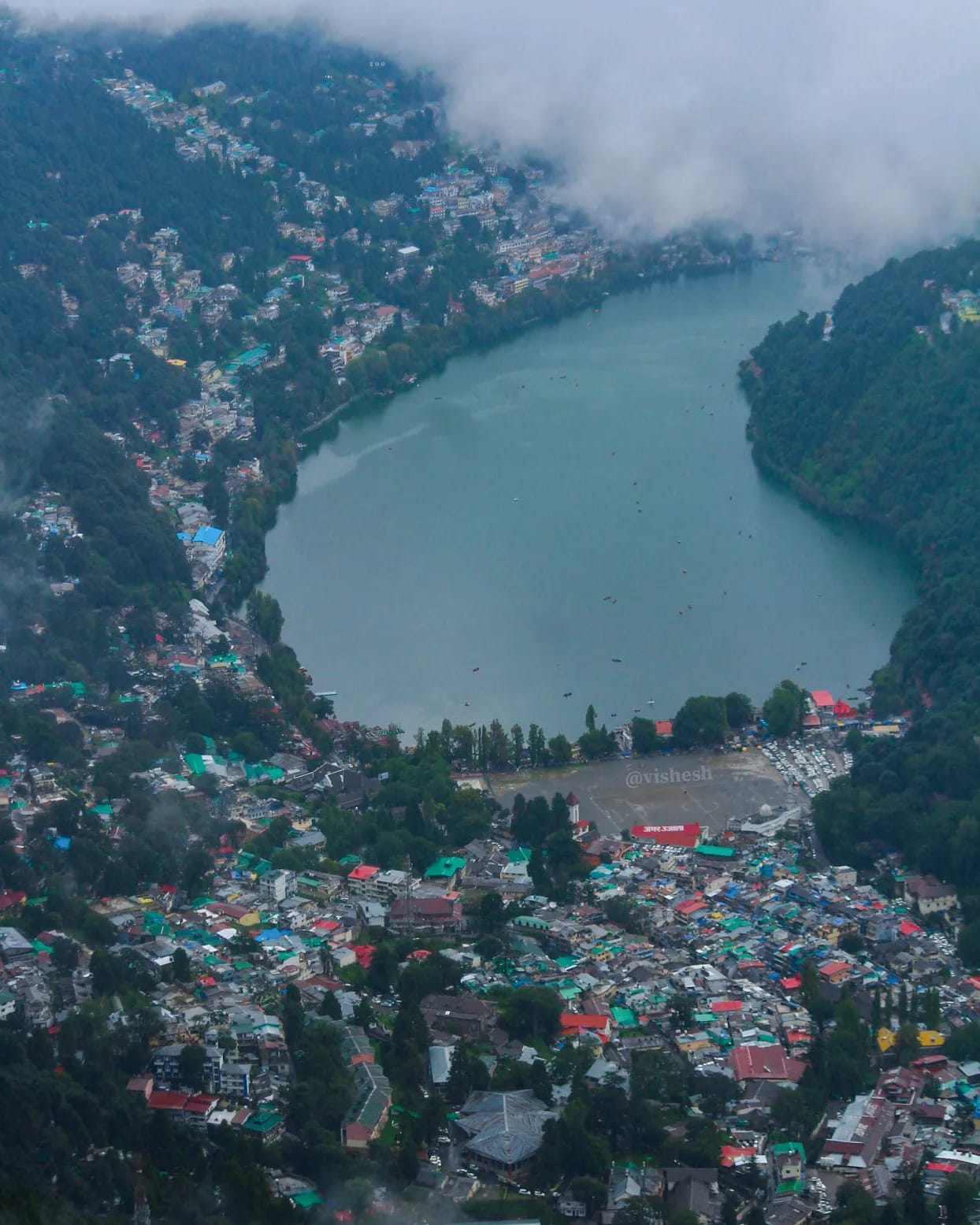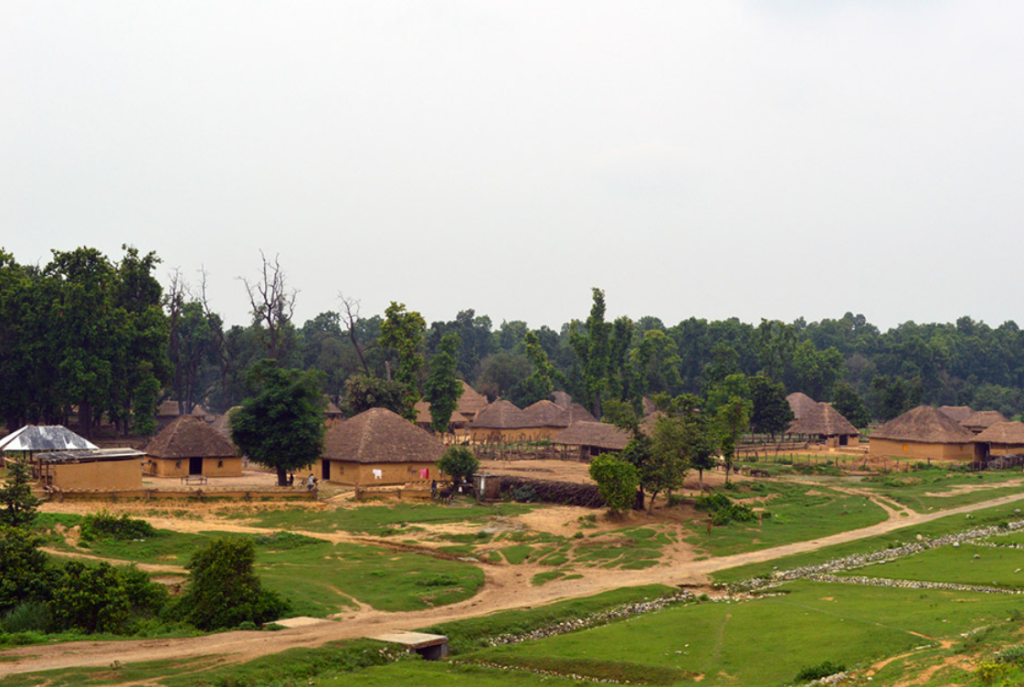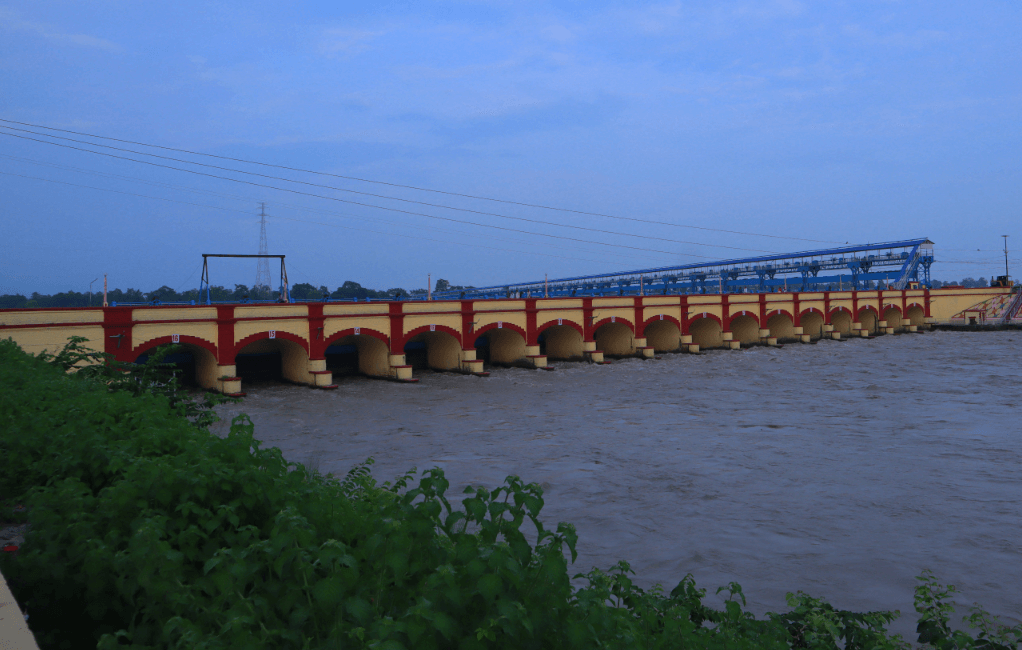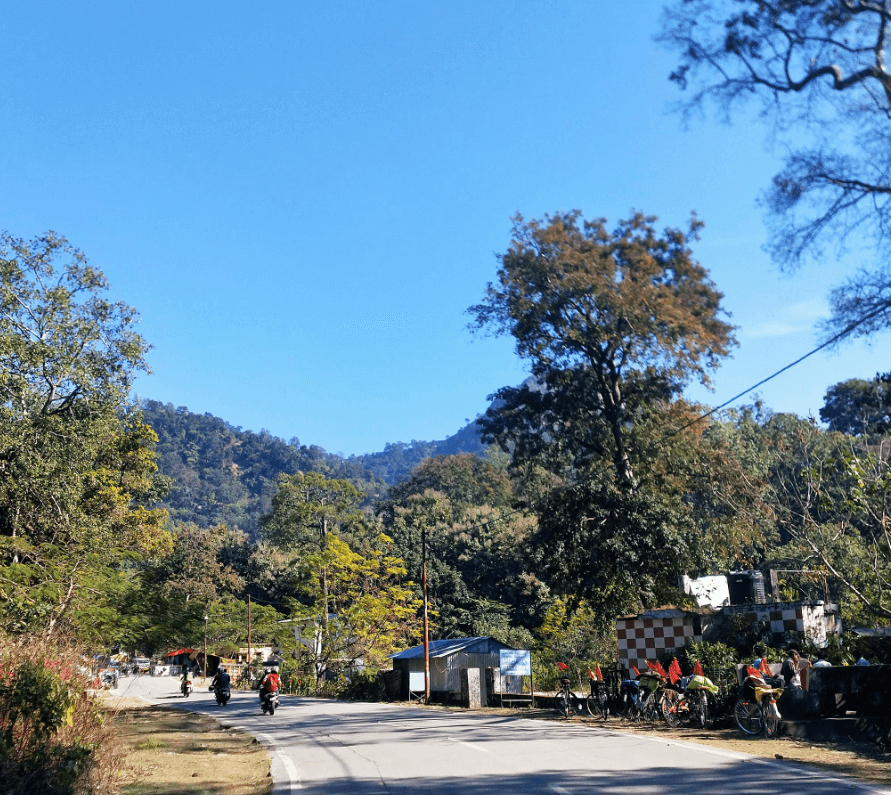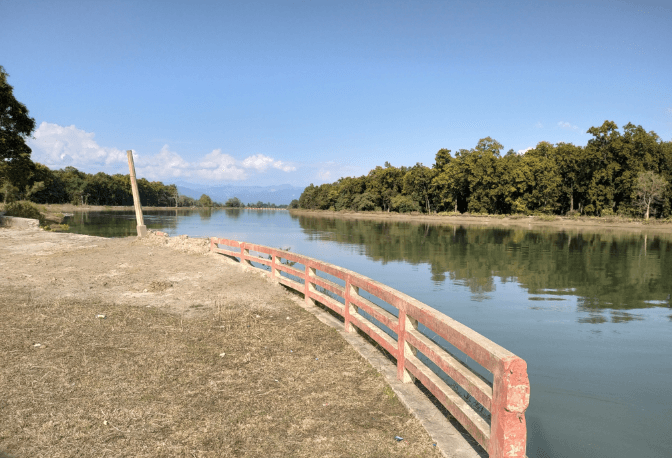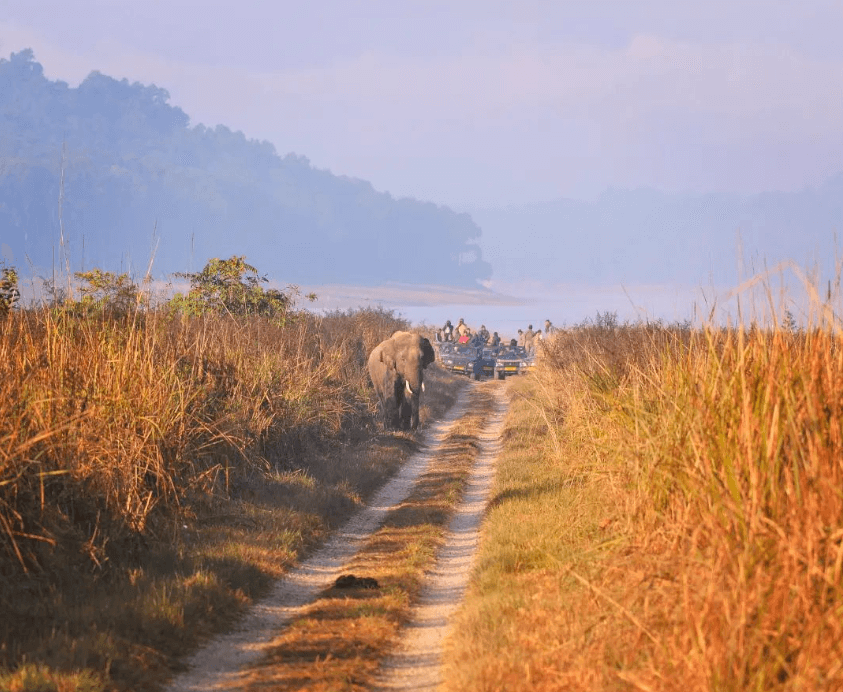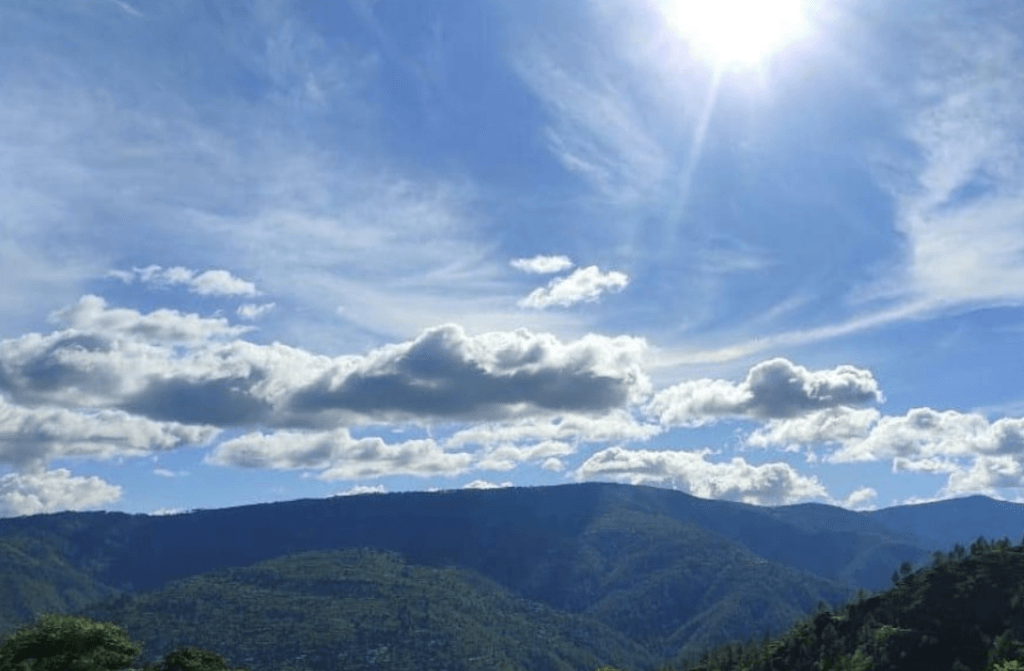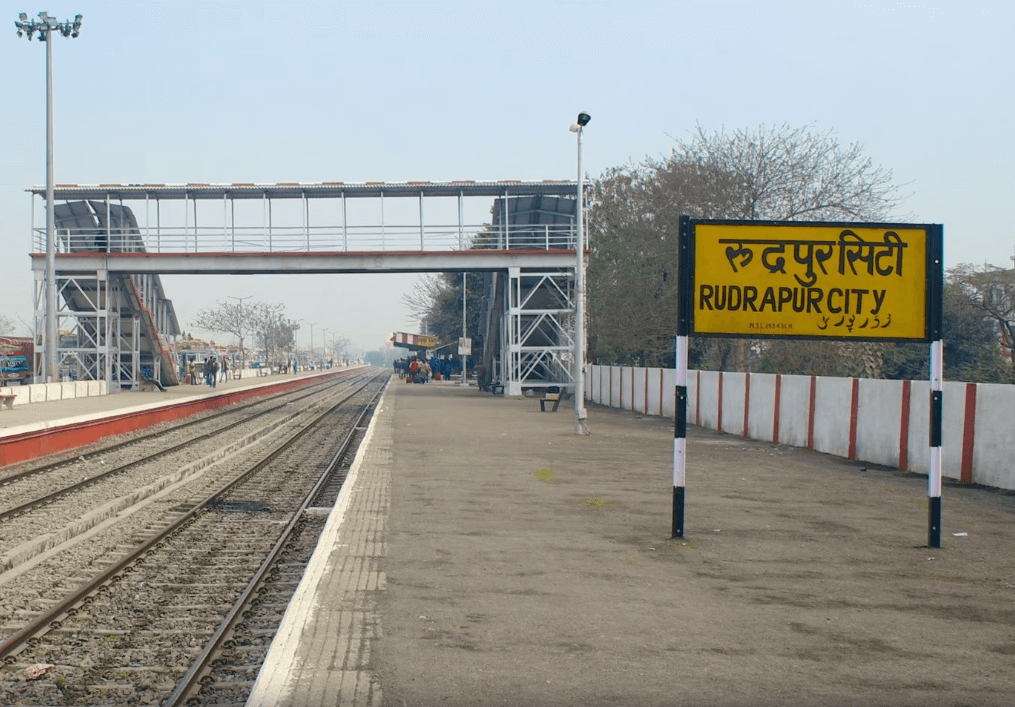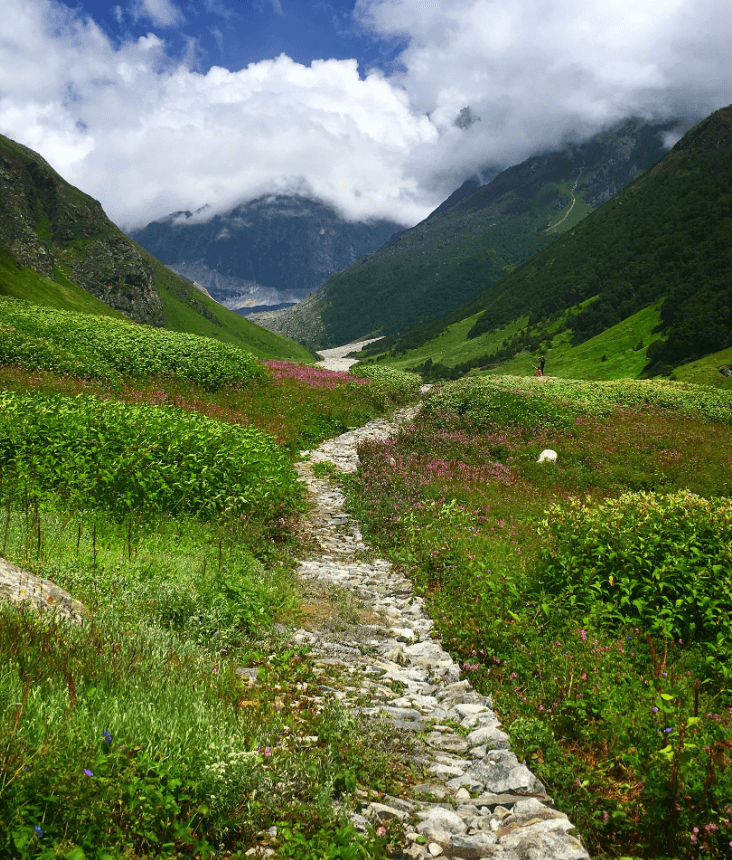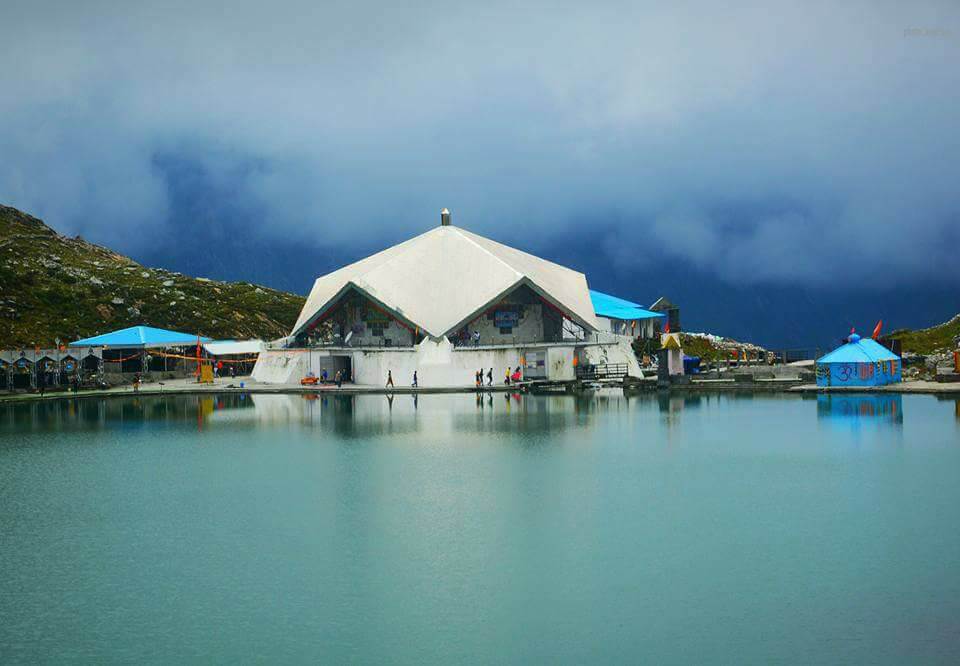The Kandoliya Temple, also known as the Kandolia Devta Temple, is a Hindu temple located in Pauri Garhwal district of Uttarakhand, India. It is dedicated to Lord Shiva, who is worshipped here in the form of Kandolia Devta, a local deity revered by the people of the region.The temple is situated amidst picturesque surroundings, offering breathtaking views of the Himalayan mountains and the surrounding valleys.
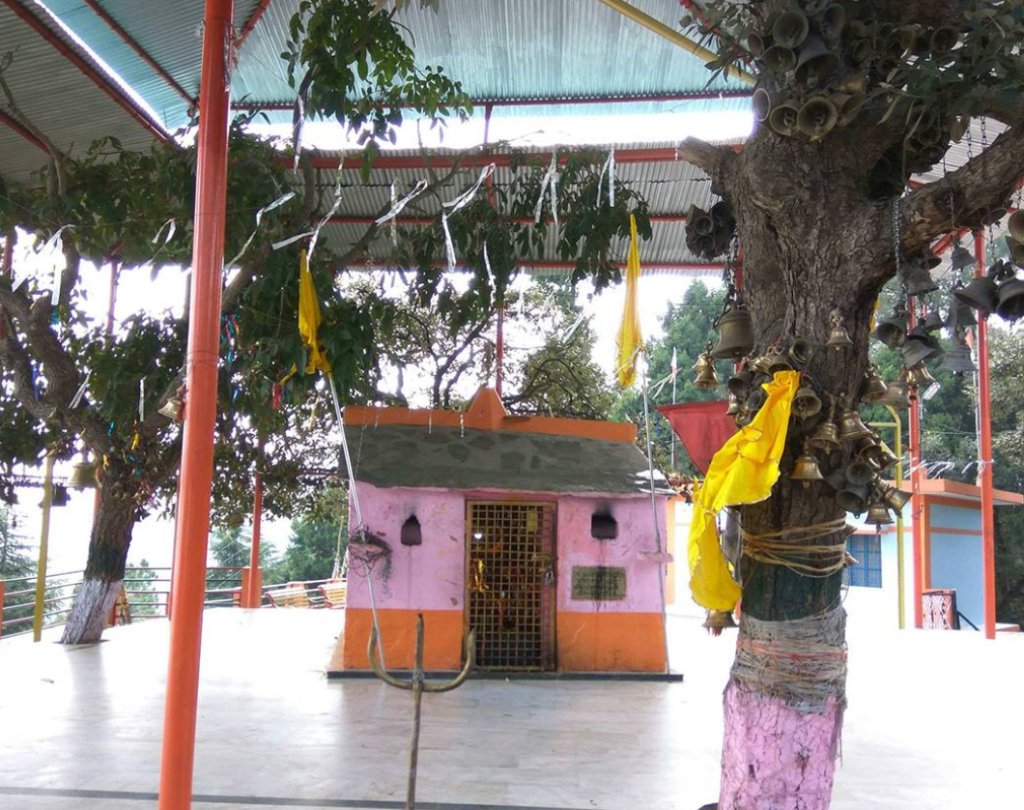
Kandoliya Temple In Pauri
Kandoliya Temple is a prominent Hindu temple located in Pauri Garhwal district of Uttarakhand, India.It is a popular pilgrimage site for devotees and tourists alike, who visit to seek blessings, offer prayers, and enjoy the serene ambiance.
Some Key Points About The Temple
Location: Kandoliya Temple is situated atop the Kandoliya Hill, offering picturesque views of the surrounding Himalayan peaks and the town of Pauri.
Deity: The main deity worshipped at Kandoliya Temple is Lord Shiva, one of the principal deities in Hinduism. The temple also houses idols of Goddess Parvati and Lord Ganesha.
Religious Significance: It holds immense religious significance for the locals and devotees who visit the temple to seek blessings from Lord Shiva and other deities.
Festivals: The temple witnesses a surge of devotees during festivals like Maha Shivaratri and Navratri, when special prayers and rituals are performed.
Architecture: The temple showcases traditional Garhwali architecture with intricate carvings and designs on its walls and pillars. The serene ambiance of the temple adds to its spiritual appeal.
Tourist Attraction: Apart from its religious significance, Kandoliya Temple also serves as a tourist attraction due to its panoramic views and serene surroundings. Many tourists visit the temple to experience its spiritual ambiance and to enjoy the tranquility of the hilltop location.
Overall, Kandoliya Temple is not only a place of worship but also a symbol of the rich cultural and religious heritage of Uttarakhand.
Mythology About Kandoliya Temple
According to local beliefs, the Kandoliya Temple is dedicated to the goddess Maa Kandoliya, also known as Kandoli Devi. It is said that the temple was established in ancient times by local inhabitants to worship the goddess.The creation myth might involve a divine revelation or a miraculous event associated with the deity.
Divine Manifestation: Many legends revolve around the manifestation of the deity at the temple. These stories often narrate how the goddess appeared in the form of a divine light or image, prompting the construction of the temple at that sacred spot.
Near Place to Visit
How To Reach Sankri
Sankri is a picturesque village located in the Uttarkashi district of the Indian state of Uttarakhand. It serves as a…
How To Reach Kandoliya Temple
By Road
From Delhi: You can take a bus or drive to reach Pauri, which is approximately 320 kilometers away from Delhi. The journey takes around 8-9 hours by road.
From Pauri: Kandoliya Temple is situated about 2 kilometers away from Pauri town. You can hire a taxi or take a local bus from Pauri to reach the temple.
By Train
The nearest railway station to Kandoliya Temple is Kotdwar Railway Station, which is about 120 kilometers away. From Kotdwar, you can hire a taxi or take a bus to reach Pauri, and then proceed to Kandoliya Temple.
By Air
The nearest airport to Kandoliya Temple is Jolly Grant Airport in Dehradun, which is about 150 kilometers away. From the airport, you can hire a taxi or use public transportation to reach Pauri, and then further to Kandoliya Temple.

